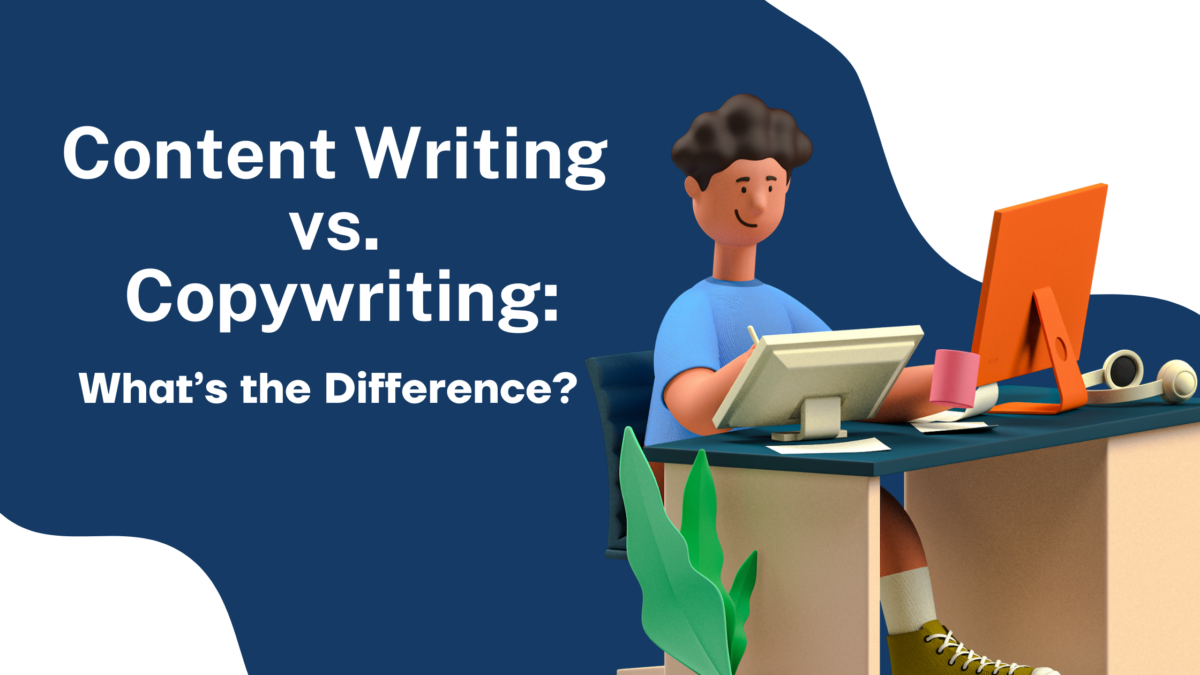Content Writing vs. Copywriting: What’s the Difference?
In today’s digital marketing era, content is everywhere.
It’s in the website or blog you opened littered with articles. It’s in the news report you have just read or heard. It’s the too-long-didn’t-read lengthy email message that landed in your email inbox. Or that engaging social media post you liked or commented on.
Content is indeed the most critical factor in any online marketing strategy. If you’re not using content to reach and engage with your audience, you’re missing out.
Two forms of content are used for digital marketing campaigns: copywriting and content writing.
COPYWRITING
Copywriting is the process of creating effective written communication for a business. It covers everything from creating clear headline ideas to crafting social media posts. It aims to make a brand’s name or an item more popular, leading people to take some action, such as purchasing it.
Copywriting can come in the following forms:
- Sales emails
- Social media posts
- Short messages services (SMS) ads
- Landing pages
- Product pages
- Billboard taglines
- Print ads
- Scripts for podcast ads
Copywriters must have a keen sense of grammar and vocabulary. They research their client’s brand voice and style to create well-curated content. Their main goal is to produce high-quality content to engage and convert readers.
CONTENT WRITING
On the other hand, content writing creates written materials to inform the readers. Content writing’s goal is to connect with consumers. One way to do this is by providing helpful information for free. These connections foster brand loyalty and trust.
Forms of content writing include:
- Blogs
- Email newsletters
- White paper
- Newspaper articles
- Tutorials
- Case studies
- Evergreen articles
Let’s check out the differences between the content writing and copywriting.
Objectives
Copywriting prompts the readers to take a specific action. They can sign up, register for an event, or purchase a product.
Content writing creates a connection with its audience. It builds rapport with the user and fosters brand loyalty.
Length
Copywriting is often written in short form to engage the viewers.
Content writing is usually long because it aims to educate or entertain. With a particular topic, an article can be worded between 500 and 3,000.
Voice
Copywriting uses a less formal language for its viewers.
Content writing sounds more formal because of its informative message.
Syntax
Copywriting doesn’t have to be perfect when it comes to grammar. Ad networks usually limit how many words you may insert in a text ad. By shortening the text, the message it conveys is more effective.
Now you know the differences between copywriting and content marketing. Although content writing and copywriting differ from each other, both are the same with the following qualifiers:
- Write for its intended audience.
- Impart a message to its viewers.
- Create high-quality written content.
- Use for marketing content strategy.
Whether your goal requires using content writing or copywriting, know that both forms of writing, when combined in content strategy, can help your business scale. With this information at hand, you will now be able to make better content customization decisions.
So what does your business need – content writing or copywriting? Probably both?
